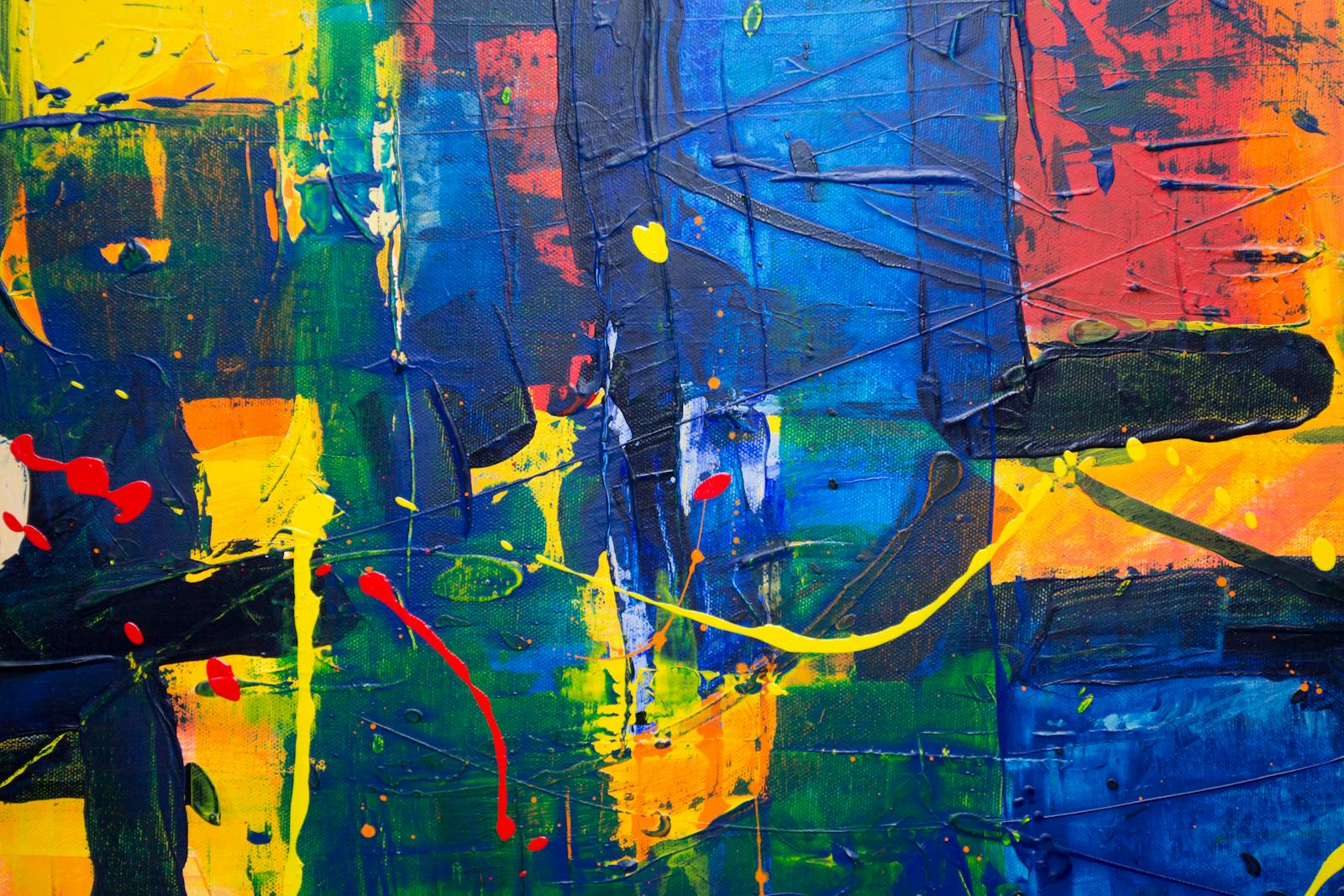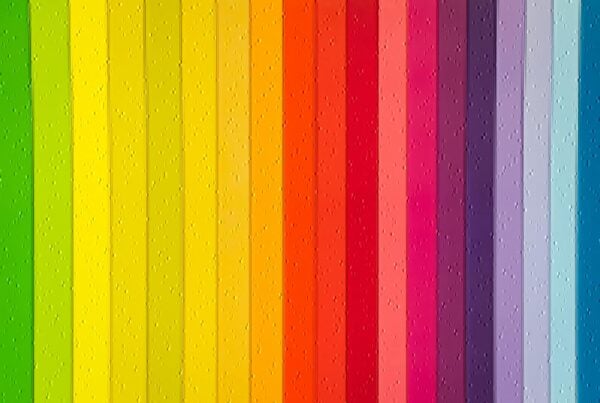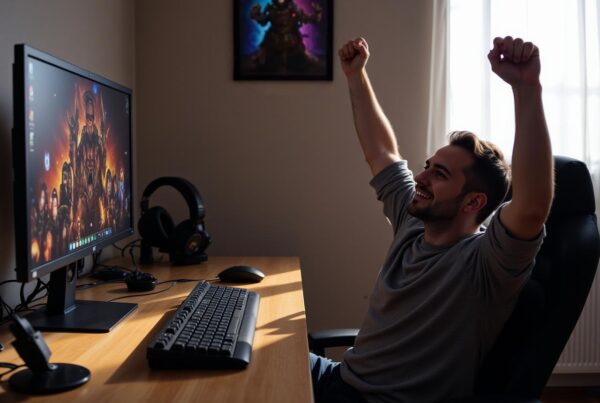Disclosure Sponsored Links: This post contains a paid-for sponsored link, meaning we have received compensation in exchange for including it. Sponsorship does not influence our content, but we believe in transparency regarding paid placements.
Many people say they want to make art. They buy sketchbooks. They scroll past videos of painters, illustrators, or sculptors and think, “I could do that.” But then nothing happens. The page stays blank.
So how do you actually start making art? Not just thinking about it. Not planning it. But doing it.
This guide breaks it down. Step by step. No fluff, no jargon. Just real advice that works.
Table of Contents
Why Starting Is the Hardest Part
The hardest part of making art isn’t technique. It’s starting.
That blank canvas or sheet of paper can feel like a wall. You want the first thing you make to be good. But that’s not how it works.
Most people don’t start because they’re scared of making something bad. But bad art is part of the process. You can’t get to good work without making bad work first.
An art teacher in Manchester said, “I ask my students to do five-minute sketches of their hands on day one. Most of them look awful. That’s the point. We have to get the bad drawings out of the way.”
Let go of the pressure. Just start.
Step 1: Pick Your Tool
You don’t need fancy materials. Use what you have.
If you like drawing, get a pencil and paper. If you like colour, try crayons or watercolours. If you want to try digital painting, use a basic app on your phone or tablet.
Pick something simple. Don’t overthink it. One artist in Bristol said, “I started with the back of receipts and a ballpoint pen. It worked.”
The tool isn’t the important part. The habit is.
Step 2: Choose a Time and Place
Make a small space for your art. A desk. A corner of the kitchen table. Even a chair by the window. Somewhere you can sit and focus for 10 minutes.
Next, choose a time. It could be before breakfast, during lunch, or at night. Block out 10 to 15 minutes. Set a timer if you have to.
You’re building a habit. That matters more than long sessions.
A survey by The Guardian found that 65% of UK adults feel more relaxed after making art, even if it’s just for a few minutes. So you don’t need a studio. You just need a pocket of time.
Step 3: Make Something Small
Don’t try to make your masterpiece on day one. Draw a cup. Paint a sky. Sketch your shoes. Copy the label on a tin of beans. Make it fun.
Start with small projects. One page. One image. One object.
One painter from Sheffield said, “I drew one teacup a day for a month. They weren’t great. But by day 20, my lines were smoother, and I’d stopped judging myself.”
Small wins build confidence. Small wins add up.
Step 4: Ignore Style for Now
Lots of beginners get stuck trying to find “their style.” That comes later.
For now, copy things. Try different looks. Mix things together. Steal ideas and test them. The more you try, the more your own voice will show up.
One illustrator in Glasgow said, “I copied comic book panels for a year. One day I drew something from memory and realised it looked like mine. That’s how my style started.”
Don’t chase originality. Chase progress.
Step 5: Use Prompts
If you don’t know what to make, use a prompt. Look up drawing challenges or random word generators. Ask a friend for an idea.
Write down a list of simple prompts and pick one each day. Ideas like:
- A bird wearing shoes
- Your favourite fruit as a monster
- The inside of a fridge
- A secret map
- A self-portrait using only circles
Prompts give you a starting point. They take away the pressure of “what should I make?”
Step 6: Track Progress
Keep your work in one place. A sketchbook. A folder. A drawer.
Every week, flip back and look at what you’ve done. You’ll see progress.
One beginner artist from Leeds said, “I couldn’t believe how bad my first ten pages were. But by page 40, things were starting to look like real drawings. That felt amazing.”
Progress is the best motivator.
Step 7: Share (If You Want)
You don’t have to show anyone. But if you want feedback or motivation, post your work online. Pick a platform and share regularly. You might find others on the same journey.
Just don’t post for likes. Post to track your growth. Share for connection, not approval.
If someone gives you unhelpful feedback, ignore it. One artist said, “I got a rude comment on one of my early sketches. I almost stopped drawing. But then someone else messaged me saying my work inspired them to start. That kept me going.”
It’s like dealing with bad press. Sometimes you need to tune it out, or use a reputation management firm to clean it up. But in art, it’s usually best to focus on the people who lift you up.
Step 8: Keep Going When It’s Boring
Art won’t always feel fun. Some days it’ll feel boring or hard.
That’s normal. Professionals push through that. You should too.
Lower your expectations. Make something quick. Doodle nonsense. Scribble lines. Just don’t skip the habit.
Building a creative muscle takes time. Treat it like brushing your teeth. Even five minutes counts.
Step 9: Try New Mediums
Once your habit feels steady, try new tools. Paint. Charcoal. Collage. Clay. Fabric. Ink.
Each one teaches you something different. You’ll learn to see in new ways. Some mediums will frustrate you. Others will surprise you.
One artist in Brighton said, “I hated watercolour at first. It felt out of control. Then I let it do its thing and realised the mess was part of the beauty.”
Experimenting keeps you curious.
Step 10: Learn From Others
You don’t need a degree to make good art. But learning helps.
Watch tutorials. Join a local art class. Follow artists you admire. Ask questions. Read books.
One of the best ways to learn is by copying work you admire, then analysing what makes it work. Brush strokes. Colour choices. Composition.
Treat learning like play. Stay curious.
Step 11: Create a Series
Once you feel more confident, try a series. Pick a theme and stick to it for a few weeks. It could be animals, landscapes, or faces.
Series help you dig deeper. They teach you how to repeat ideas in different ways. And they look great as a collection.
One student from Nottingham said, “I drew 30 doors from around my town. Each one had a story. It helped me see beauty in small things.”
Step 12: Don’t Compare Yourself
The internet is full of amazing artists. Some are professionals. Some have been drawing for decades.
You are not them. You’re on your own timeline.
If you compare your early work to their best work, you’ll quit. Compare only to yourself. Where you started. Where you are now.
Celebrate your growth, even if it’s slow.
Final Thoughts
Making art isn’t magic. It’s a process. A habit. A choice you make each day to pick up a pen, brush, or crayon and try.
You don’t need talent. You need time, practice, and patience.
Start small. Keep going. Let the work teach you. Let mistakes happen. They are part of it.
And remember, every artist was a beginner once. Even the greats made bad art. They just didn’t stop.
So the next time you ask, “How do I start making art?” The answer is simple.
Pick up something. Make a mark. Do it again tomorrow.
That’s how art begins.








